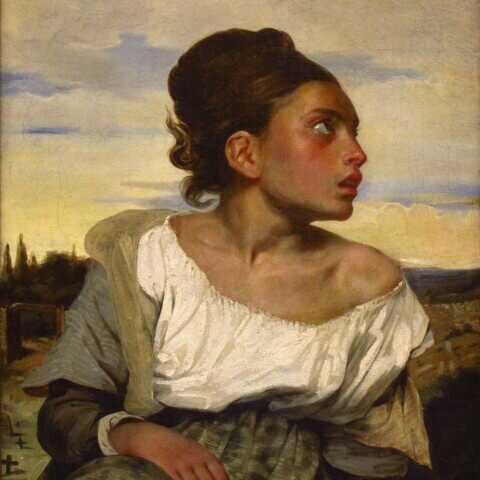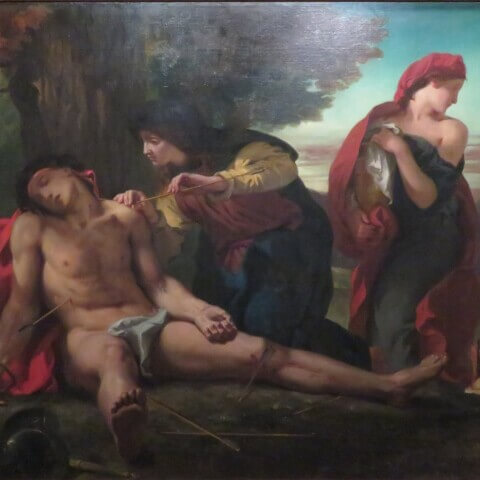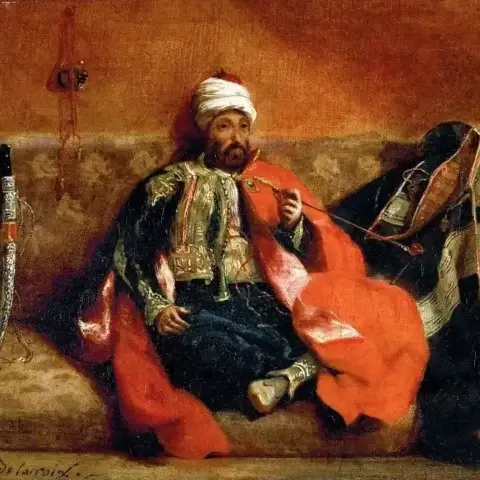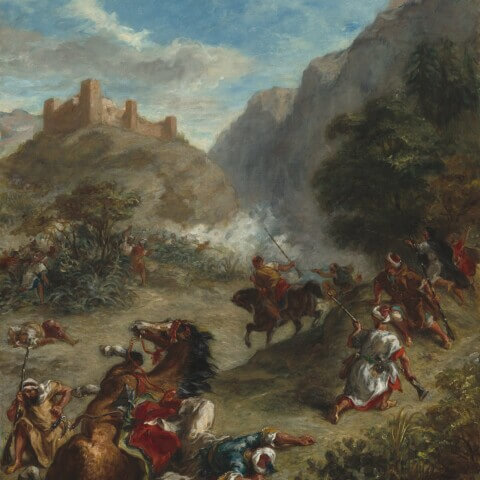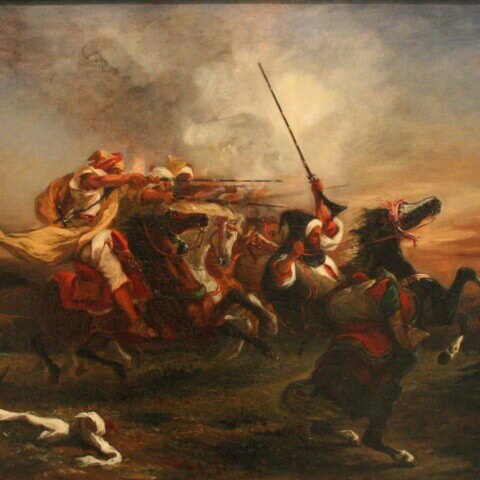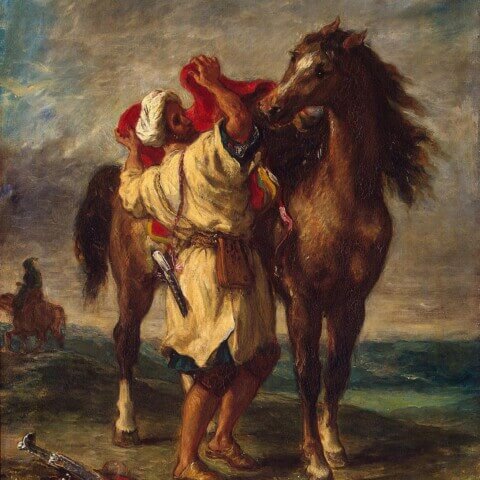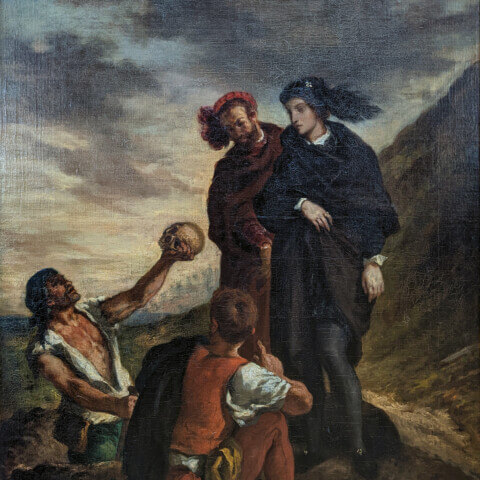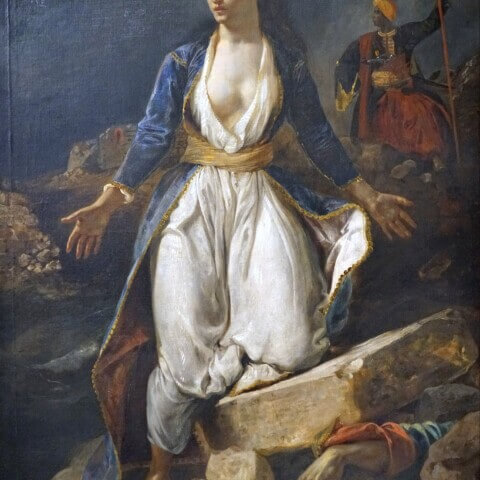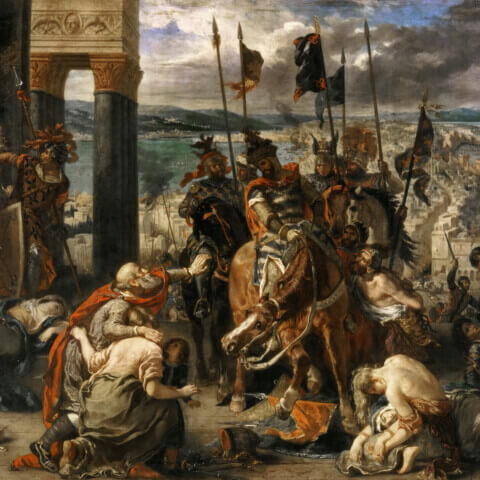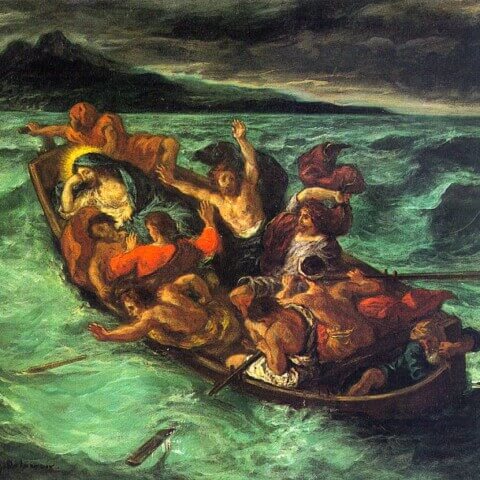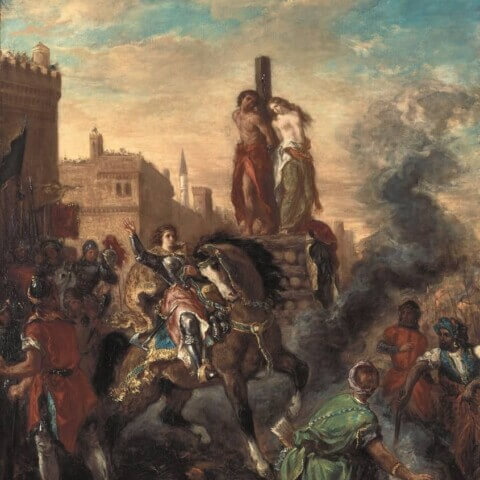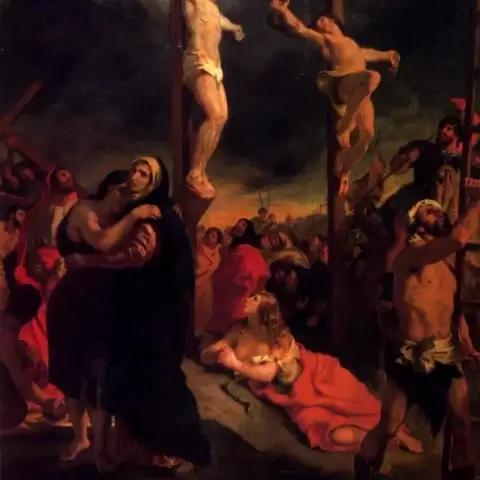Eugene Delacroix
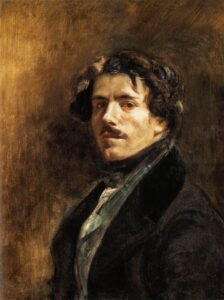
Ferdinand Victor Eugène Delacroix (1798-1863) was a leading figure in the French Romantic art movement of the 19th century, celebrated for his dynamic use of color and expressive brushwork. Born in Charenton-Saint-Maurice, France, he studied under Pierre-Narcisse Guérin before launching an illustrious career. Delacroix’s paintings, influenced by contemporary events and literature, pushed boundaries of traditional art, bringing emotional depth, drama, and imagination to the fore.
His first major work, “Dante and Virgil in Hell” (1822), was a break from the then-popular Neoclassical style, paving the way for the Romantic movement. However, it was “Liberty Leading the People” (1830), a poignant representation of the July Revolution, that brought him national fame. This painting showcases Delacroix’s ability to infuse historical scenes with emotional intensity.
He also ventured into Orientalism after a diplomatic mission to Morocco in 1832, creating a series of works inspired by the people, landscapes, and culture he encountered, like “Women of Algiers in their Apartment” (1834).
Delacroix’s influence on the art world was profound, inspiring Impressionists with his innovative use of color and technique. His legacy continues in the countless artists he influenced, including Vincent van Gogh and Paul Cézanne, who referred to Delacroix as “the first of the moderns.” His art is held in high regard worldwide, testament to his enduring contribution to the art world.

